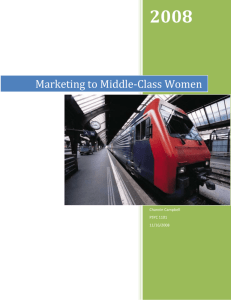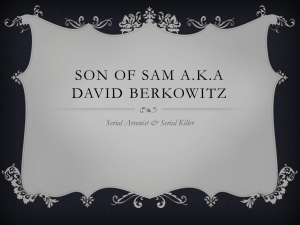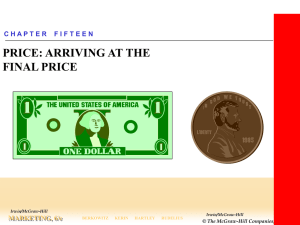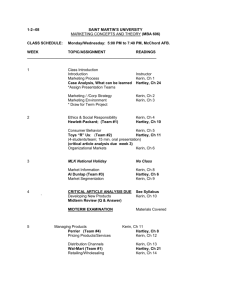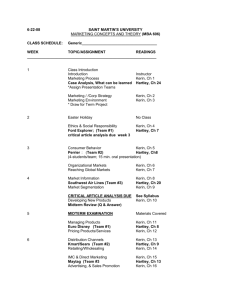Core Concepts of Marketing
advertisement
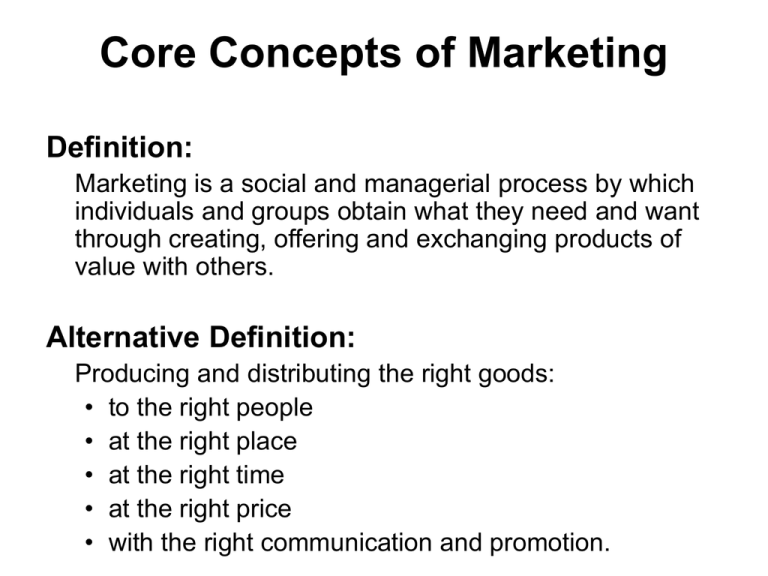
Core Concepts of Marketing Definition: Marketing is a social and managerial process by which individuals and groups obtain what they need and want through creating, offering and exchanging products of value with others. Alternative Definition: Producing and distributing the right goods: • to the right people • at the right place • at the right time • at the right price • with the right communication and promotion. Concepts: • • • • • Needs, Wants, Demand Products, Services, Ideas Exchange, Transactions, Relationships Markets, Marketer Consumers, Customers 4 Satisfaction = Σ (utilities) L=1 1. 2. 3. 4. Form Place Time Possession Exchange: The Process by which needs and wants are satisfied. Fife Necessary Conditions: 1. Two or more parties 2. Each has something of value to other 3. Each can communicate and deliver 4. Each is free to accept or reject offers 5. Each finds it desirable or appropriate to deal with the other. Transactions: Measurable Entities: 1. At least two things of value 2. Agreeable Conditions 3. Time of Agreement 4. Place of Agreement “Law of Contracts” Countertrading: 1. Barter 2. Compensation Deal 3. Product Buyback 4. Counterpurchase T1-A Summary of factors that affect an organization’s marketing program Environmental forces Competitive forces Economic forces Marketing program Information Regulatory forces Consumer Product Price Promotion Social forces Place Technological forces © 1994 Richard D. Irwin, Inc. To accompany MARKETING, 4/E by Berkowitz, Kerin, Hartley, and Rudelius. T1-5 Marketing’s second task: Satisfying consumer needs Organization’s marketing department Concept for products Discover consumer needs Satisfy consumer needs by finding right: Product Price Promotion Place Ideas about needs Actual products Potential consumers: The market © 1994 Richard D. Irwin, Inc. To accompany MARKETING, 4/E by Berkowitz, Kerin, Hartley, and Rudelius. Company orientation toward the market place 1. Production approach: • • • Large Scale Production Wide Distribution Homogeneous Product Problem: Consumer insensitive 2. Product approach: • • • Quality Performance Features Problem: Emphasis on product rather than consumer needs Examples: ELGIN WATCH CO. KEVIAR ISDN DIOLIGHT 3. Sales approach: • • Unsought goods Methods to sell whatever products are produced 4. Marketing approach: • • • Know customer needs and satisfy them more efficiently than your competitors Optimal combination of the four “P” Marketing research T1-6 Four different orientation in the history of American business Product area Sales area Marketing concept area Market orientation area 1860 1880 1900 1920 1940 1960 1980 © 1994 Richard D. Irwin, Inc. To accompany MARKETING, 4/E by Berkowitz, Kerin, Hartley, and Rudelius. 2000 T3-1 Environmental forces affecting the organization, as well as its suppliers and customers Organization • Marketing department Suppliers Customers Other departments Employees Environmental forces Social Economic Technological Competitive Regulatory • Demographic shifts • Macroeconomic conditions • Changing technology • Alternative forms of competition • Laws protecting competition • Cultural changes • Consumer income • Economical impact of technology • Components of competition Laws affecting marketing mix actions • Increasing foreign competition © 1994 Richard D. Irwin, Inc. To accompany MARKETING, 4/E by Berkowitz, Kerin, Hartley, and Rudelius. Self-regulation Consumerism

